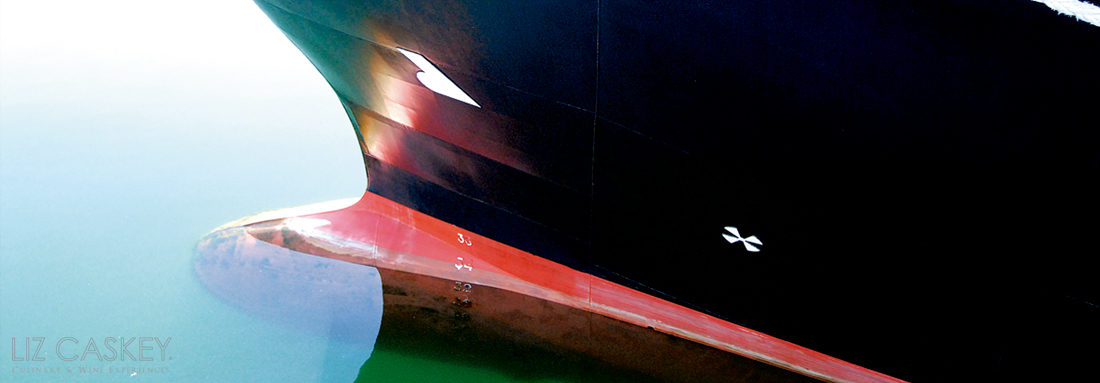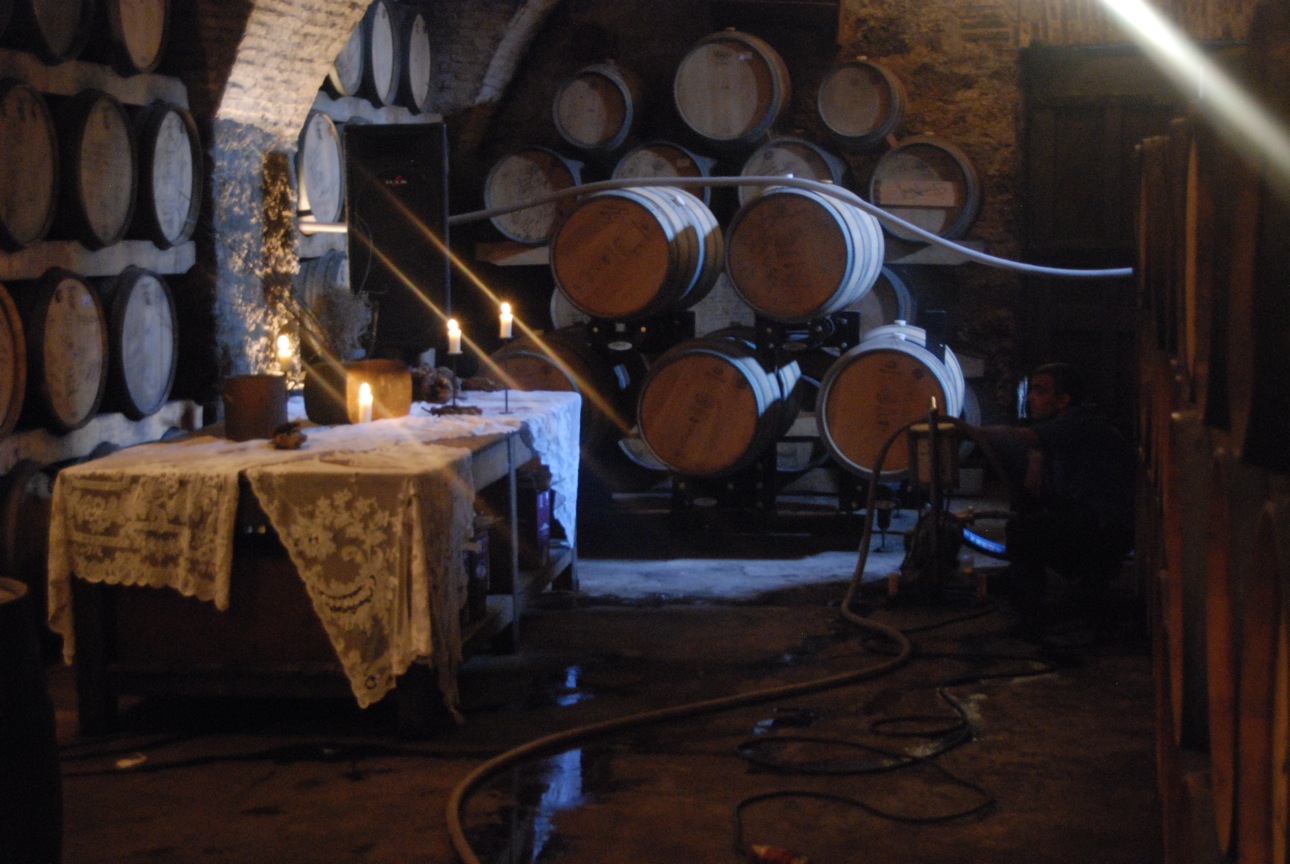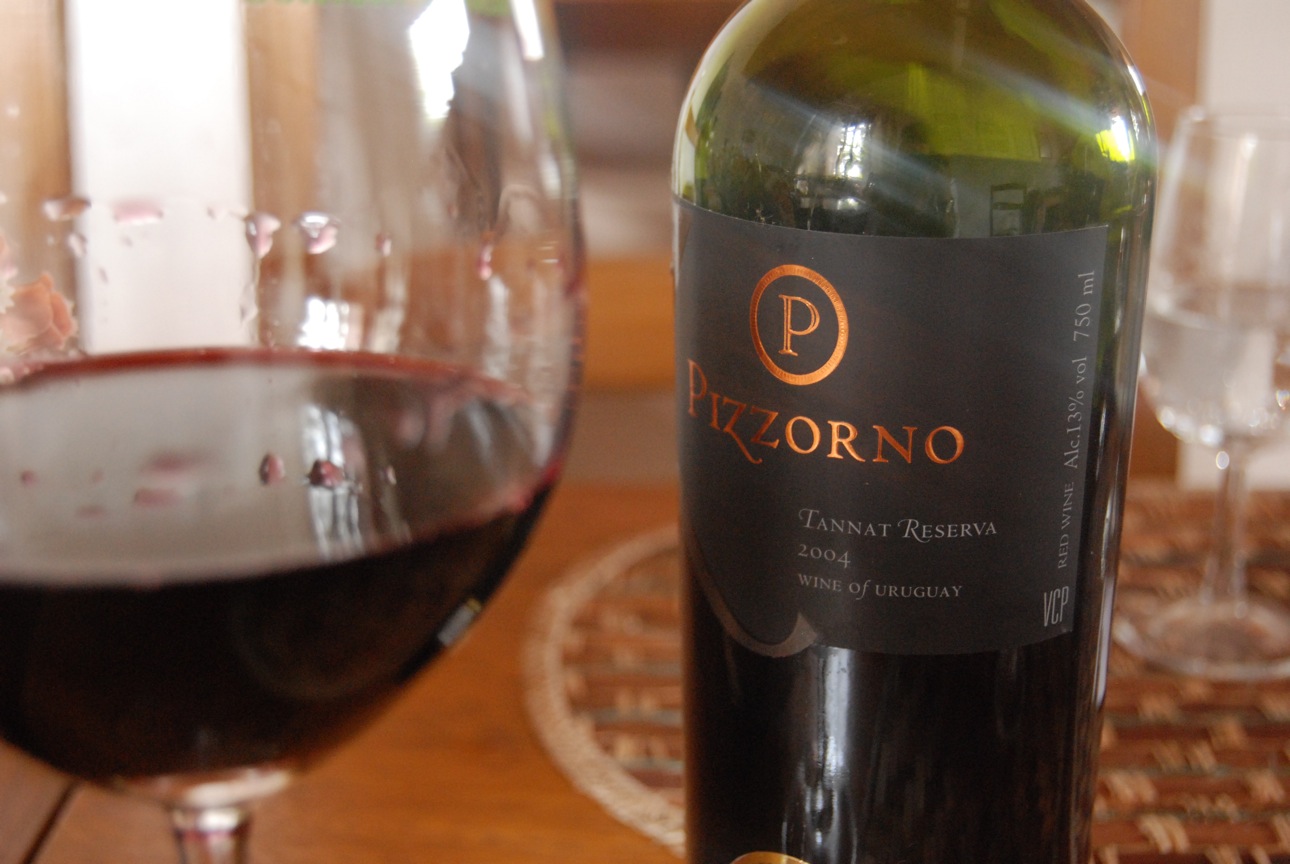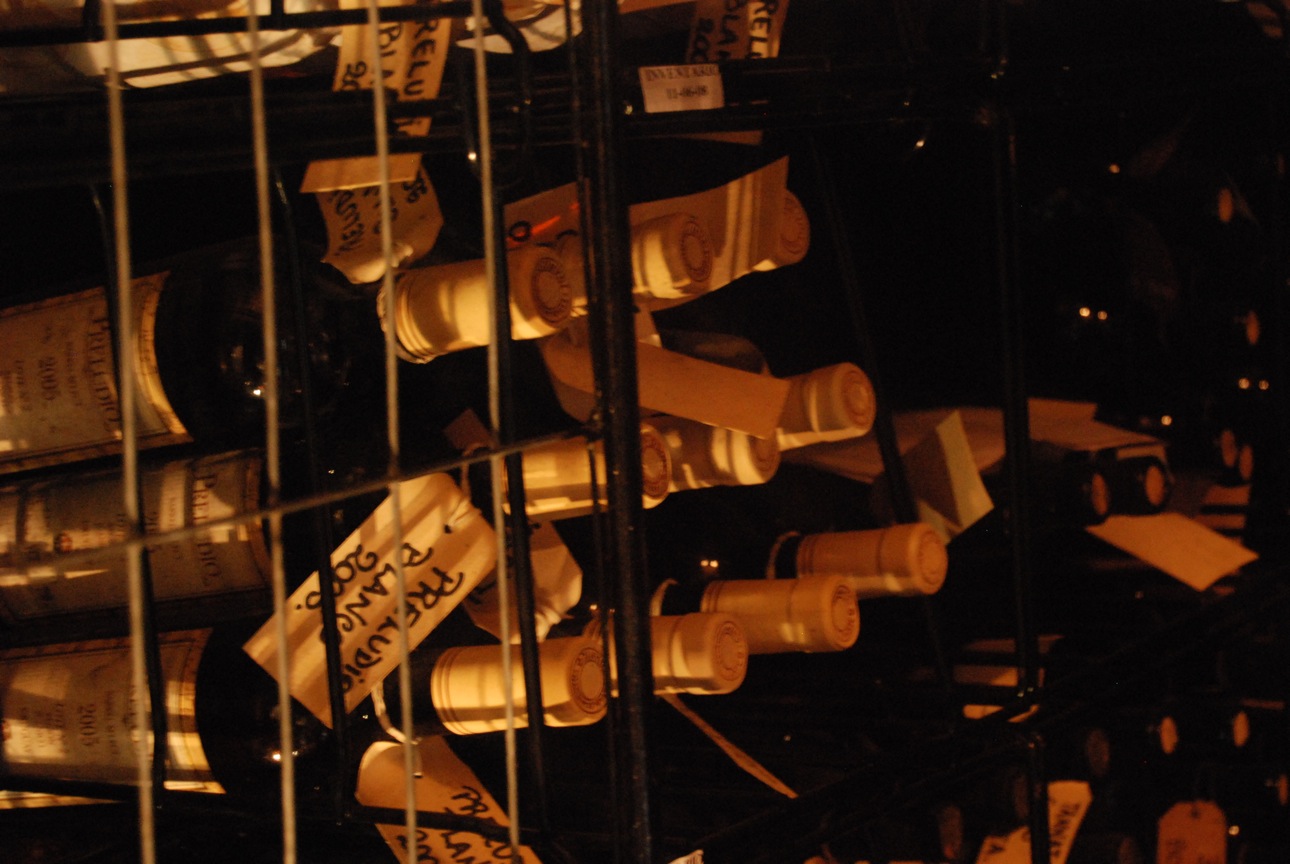I know, your first thought may be, “Uruguayan Wine Country? Seriously?”
Yes, it’s true. This cattle-producing country may get more international buzz for its grass-fed steaks, stinky old world cheeses, and pristine beaches, but it is just a matter of time before people catch onto the amazing wines being made there. It’s on the radar.
Having just spent another five days during last week in the wine country with clients, in addition to pounding the pavement in Montevideo to get a grasp on its barrios, vibe, and restaurants of course (Eat Wine Montevideo forthcoming…), I want to share with you all some of the reasons why Uruguay must be on your wine radar—and next itinerary to South America. In upcoming posts, I will be zooming in on Uruguayan local culture along with some of the specific producers exporting in small quantities to the US so you guys can also taste first-hand what’s happening there.
Different Climate, Different History, Different Wines
First, I want to contextualize Uruguay within the Southern Cone since it is a very different animal than its Chilean and Argentine cousins when it comes to history, geography, and ultimately, wines. Montevideo was the first major Spanish port on the Atlantic during the colonial period (the first settlement was Colonia, by the Portuguese, across from Buenos Aires) and today is the southernmost capital on the continent. It is also the smallest country in South America bounded on the west by Argentina and to the northeast by Brazil. It has a long coastline from the brackish and muddy-colored Río de la Plata, the grand estuary, to the azure waters of the Atlantic Ocean, often referred to as the “riviera”.
Uruguay is fairly flat ranging from elevations at sea level up to about 2,000 feet (Cerro Catedral). What really distinguishes it is its humid climate. The absence of mountains, which act as weather barriers, makes all of its locations vulnerable to high winds and rapid weather changes (tornados not unheard of!).
The wine producing areas are concentrated around Montevideo, outside Colonia, a couple in Atlántida and near Punta del Este. There also are some burgeoning sites in the northern areas of Salto and Cerro Chapeau. While the coastal areas are very humid with rolling green hills and limestone and clay soils, up north in Salto and Cerro Chapeau, as they are farther from the large bodies of water, the humidity drops considerably and the soils become rocky. Drier, warmer conditions and good drainage make for ripe, round wines–even Cabernet. So even within teeny Uruguay, you get a big variety of styles and grapes.
For now, we are going to focus on the area of Canelones where 85% of the wineries and vineyards are located. The humid, wet climate plays the biggest role in the viticulture along with the limestone soils. In Uruguay, no drop irrigation is needed as Mother Nature rains year-round. In fact, it’s not unusual, like in France, to get rain in the summer time or during harvest. Thus, they have different trellising systems to allow for ample ventilation. Since the grow season is also shorter, many wineries focus on short-cycle reds that can reach their maturity without a problem (Carmenere would never fly here). The temperature oscillation between day and night is also much less than in Mendoza or Chile so essentially the grapes continue to ripen at night.
I could continue on and on but this is what I want you to take away. Uruguay’s climate is the closest I have seen in South America to Bordeaux. It’s humid. It’s at sea level. It has limestone soils rich in calcium. It’s seasonal. When they have a good vintage it is mind-blowing. Off years can be duds (or great vinegar). As the wines aren’t sun-kissed and with this long, slow maturity like in Chile or Argentina, you’ve got some wild children that need time in the bottle to evolve. You need to take some time to understand these wines. Just like Bordeaux.
Headed to BA, Why Not Uruguay too?
Buenos Aires is the darling of urban destinations right now in the Southern cone; a seductive mix of European and Latin influences backed by a veritable boom in arts, culture, wining, and dining. Don’t forget Montevideo, Uruguay across the grand Río de la Plata. Just a 30-minute hop on the “air bridge” from Aeroparque or three hours on the Buquebus ferry, and you’re in Montevideo, the capital. It’s the perfect 2-3 days jaunt to explore the vineyards and this seriously underrated city. Or an ideal add-on en route to the glamour puss destination of Punta del Este.
And may I add this note, it is closer and easier to get to then Mendoza, which is 1.5 hours away by plane plus all the travel time involved. Want to understand rioplatense culture? Then hop over to Uruguay and try some of its wines.
Tannat and More
I love South American wines but sometimes all the fruit-forwardness, high alcohol, and “big” wines makes me want to seek some refuge for my pobre paladar in their European cousins. Well as I discovered in Uruguay, their wines are closer in structure, style, and taste to Europe—think Bordeaux, France; Rias Baixas in Galicia, Spain for whites; or even some of the austere Austrian reds. And the maximum alcohol tends to hover around 12.5-13% versus 14.5-15% in Mendoza, for example.
I am smitten with Tannat, a grape brough over by Basque immigrant Pascual Harriague in the late 1800s. It was planted throughout the country and up until about 10-15 years ago, little was done without beyond making a lot of simple, cheap and cheerful table wines. Today, Tannat, for my taste, is one of the great undiscovered world class wine varietals.
First things first. It’s not a fruit bomb that gets undressed immediately. It needs some time to reveal itself. Decant it, swirl it. Heck, walk away from it and come back a couple hours later. It’s an animal that is austere and far from obvious. It doesn’t offer up an aromatic nose like other wines such as Malbec or Chilean Cabernet. But in the mouth, when well constructed, it creates this push-and-pull tension structured by round tannins, zingy acid, Berry-laden flavors, and a hearty presence.
To get this wine, you have to understand how Uruguayans consume it. With a bife ancho, a baby beef steak. The marbled fat in the steak, or mature cheeses, really help tame the bigness of the tannins and just turn Tanna tinto pure lovin’. My favorite examples on this particular trip were the beloved Amat 2005 from Bodega Carrau, Pisano’s RPF 2007, De Lucca’s Rio Colorado, Pizzorno’s Reserva, Juanico’s Familia Deicas 1er Cru, and Eolo from Viñedo de los Vientos.
Alongside Tannat, the tradition of sparklers are the house rule. Every single winery makes them for local (and home) consumption. They can range from the commonplace brut (dry) to more odd combinations like Pisano’s “black” bubbly made from Tannat, a showstopper. Whites like Sauvignon Blanc and Albariño have also taken off with bright acidity and zesty fruits. The acidity was almost on par with Chile but the fruit more lush and alcohol blessed lighter. We paired these the one night at Montevideo’s best restaurant, Francis, specializing in seafood, with chipirones (baby squid), abadejo (haddock), and brotola (local white cod). Delicious in a word.
Meet the Owner, Know the Wine
What I also adore about Uruguayan Wine Country is the scale. The bodegas, wineries, are small and still family-owned and run. The owner or winemaker, or both, will always receive you. As Daniel Pisano said, “Meet the owner and you will already know the wine”. I agree with this statement. It’s impossible in such petit, hand-crafted operations that their passion, enthusiasm, and zeal isn’t infused in the wines.
Let me emphasize again the personalized nature of the wines. They are virtually all hand-made every step of the way. Even the “big boy”, Juanicó, the largest producer in Uruguay, would still only be considered a small-sized winery in Chile or Argentina. And here’s something to chew on, roughly all the wine that Chile lost in the February 2010 earthquake, is equivalent to the entire amount Uruguay produced in 2009. It’s small, but that’s part of the draw.
Particularly, when wine is increasingly becoming like Coca Cola in some markets, in this day and age, being able to connect with the spirit of a person, place, moment in time through a bottle of wine is something truly poetic. Sitting with Daniel Pisano in his winery, or Margarita Carrau over Amat and a perfect carbonada, or Pablo and Mariana, the young, super cool owners of Viñedo de los Vientos, you quite simply get it. You tap into that buzz, that instantaneous connection when these people’s purpose and passion is transmitted–and received. It makes me even more passionate about sharing this–and is a constant reminder why I live to do this.
And THEN, oh boy, THEN you see the price point of these wines. Most icon wines range from US$15-45 retail. And at the wineries, even less. It blows Chile and Argentina out of the water in the price-quality boat and undoubtedly will make you pledge allegiance to Uruguayan wines even more.
Needless to say I brought back numerous babies (bottles) of Tannat for our Collection to remember these people and their projects.
So Close Yet So Far Away
Uruguay’s main wine region is located in the area called Canelones, about 20-30 minutes from downtown Montevideo. In less than 10 minutes you are out in the verdant, pastoral countryside and drawn into the most bucolic of settings. Here, you still see carts drawn by horses and people tending to the fields with hand farm Tools. Of course, there’s no signage whatsoever of road names nor entrances to the wineries themselves but that’s part of the charm (along with some wrong tursn). It feels undiscovered. Far away. Almost like you’re going to visit family. You are, in a sense.
Uruguayan Hospitality at its Finest
Uruguayans are quite possibly the friendliest people in the Southern Cone. They will truly bend over backwards to make sure that any, and every, visitor to their country is taken care of. They roll out the red carpet. Once again, as Italian and Spanish immigrants, family and friends are a vital component of their daily life and culture. They welcome visitors and consider them as a sort of extended family. Take a taxi to/from the airport? My friends/colleagues there wouldn’t hear of it? Needed a guide on a Saturday in Montevideo? We’ll take you!
Warm, generous, helpful, they love to engage in long lunches, spirited conversation about anything from their history to tango, soccer, and of course, wine. Every time I leave, my sensation is wanting to return again. Not just because of the place itself, which is topographically different from Chile and Argentina. It’s the people. You forge friendships there that are sincere. And you drink a lot, A LOT, of good wine. What a great way to experience a country. I am hooked on Uruguay–and hopefully I can get you guys hooked too.
And now for the shameless plug for our tours business: Liz Caskey Culinary & Wine Experiences offers 2-and 3-day itineraries to the Uruguayan wine country around Montevideo. We can coordinate everything from ferry tickets from BA to all the first-class transfers, winery visits and top tastings, private luncheons, and more. Contact us at info@lizcaskey.com for more information.
















